The photographic exhibition “Echoes of Eternity” by Iacopo Giannini (Florence, 1977) opened in Syracuse, within the ancient walls of theformer Liceo Gargallo high school in Ortigia, and can be visited from Sept. 5 to Oct. 31, 2025, with free admission. The exhibition, curated by Beatrice Bortoluzzi and promoted by the Tralart association, transforms the heart of the Syracuse island into a place of confrontation between sculpture and photography, light and matter, memory and landscape.
Giannini’s images dialogue with the monumental works of Igor Mitoraj (Oederan, 1944 - Paris, 2014) placed in the Neapolis Archaeological Park, in Ortigia and on the slopes of MountEtna. The Florentine photographer has chosen not just to document, but to interpret, to translate into photographic vision the suggestions of the statues, asking questions concerning the human condition and the persistence of myth. The Tralart association, promoter of the initiative, accompanied the project from the earliest stages, recognizing in Giannini’s work an opportunity for collective growth. Collaboration with the city of Syracuse and institutions made the event possible, which is already looking to the future by imagining new projects.
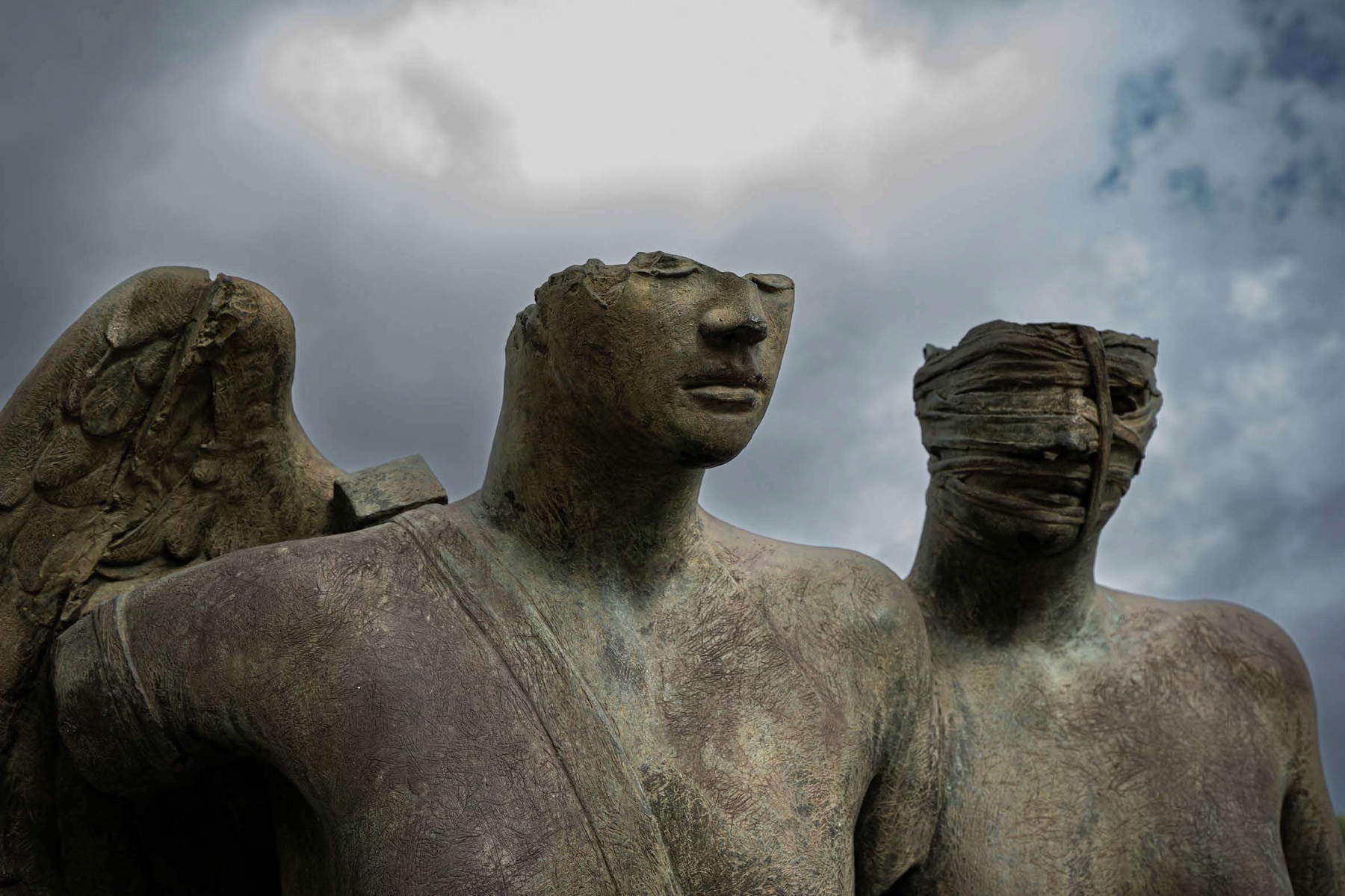
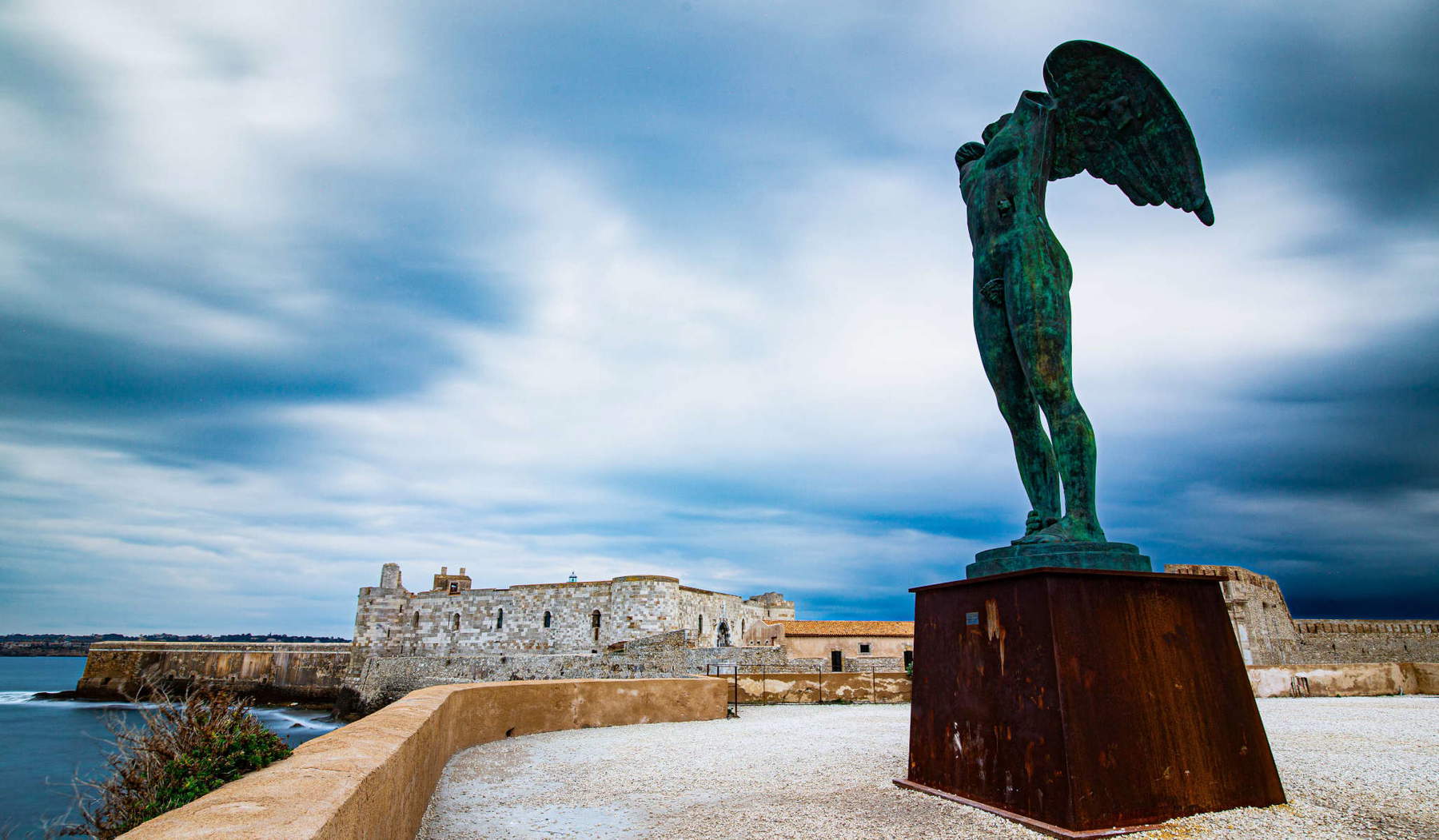
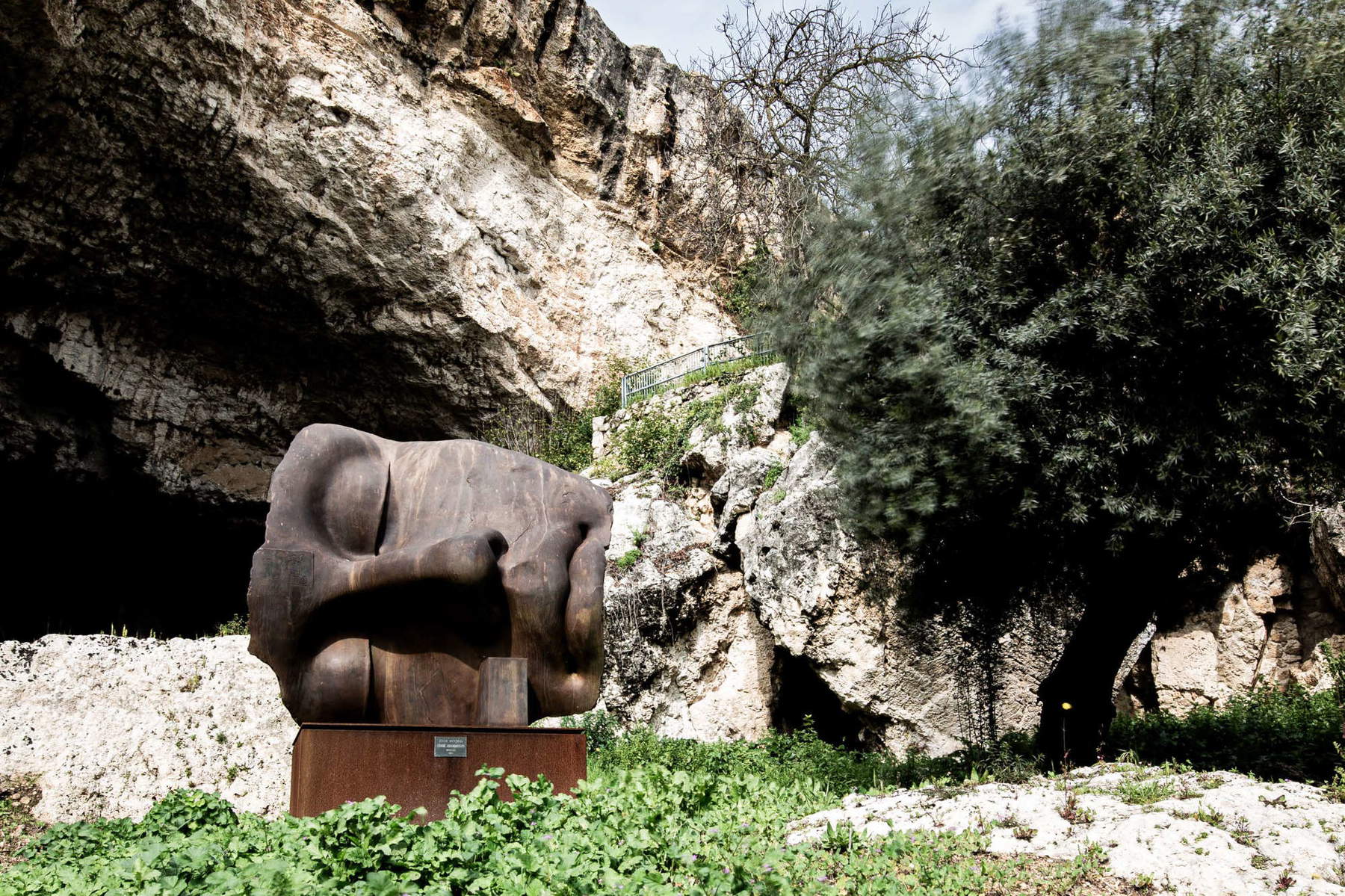
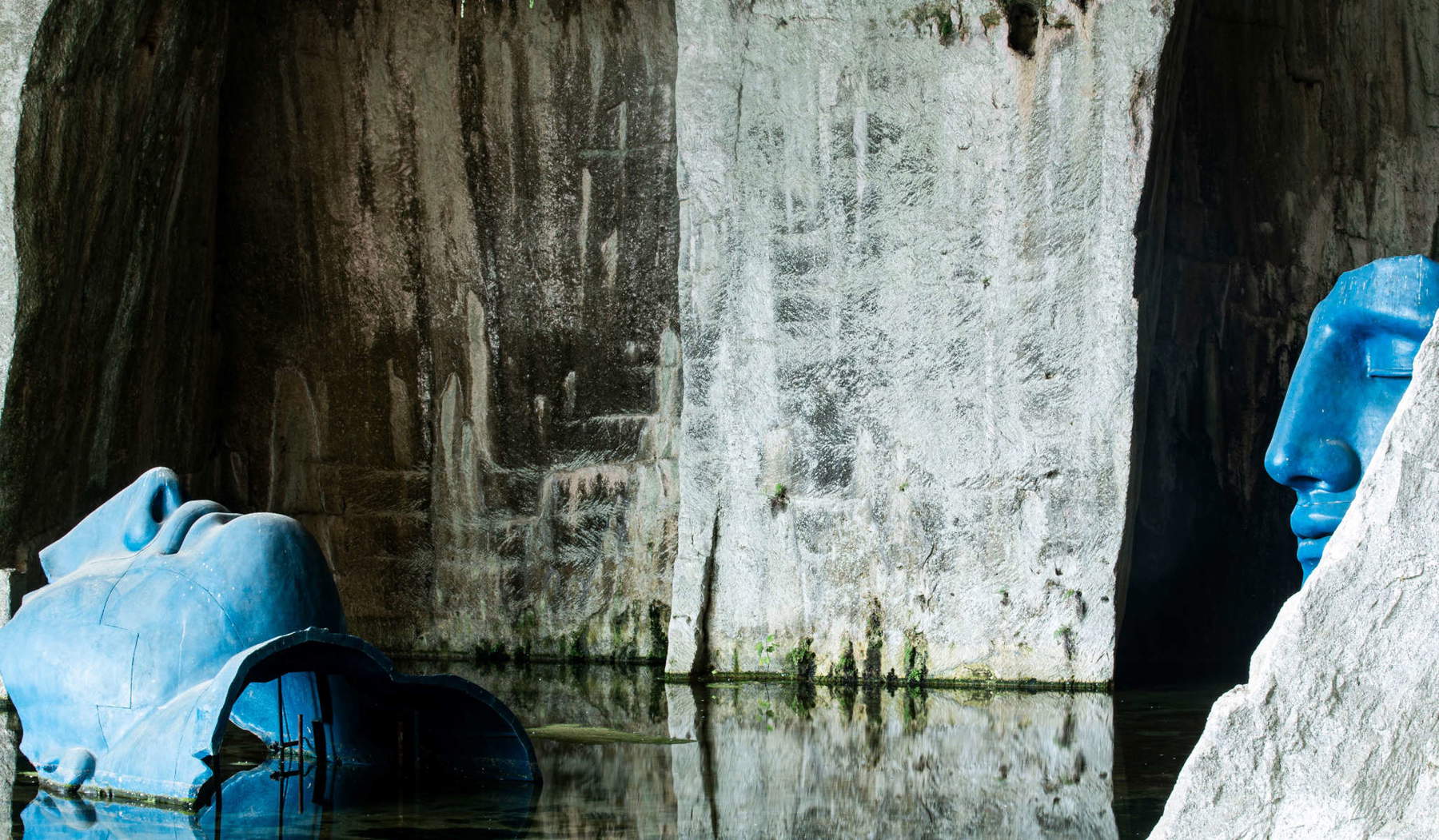
The exhibition project is linked to the reflection on the Mediterranean as a space of historical, identity and cultural stratification. In the words of Beatrice Bortoluzzi, “Echoes of Eternity” does not merely narrate an exhibition, but interrogates it. Giannini’s images become echoes, reflections that cut through stone and thought. Mitoraj’s sculptures, with their stumped busts, broken profiles and Icarus faces, vibrate with questions rather than answers. Man appears wounded, nature becomes judge, and photography intervenes as an interpretive act, revealing beauty even in fracture. “A cycle of images,” explains Beatrice Bortoluzzi, “that more than telling an exhibition, reveal it. Indeed, they interrogate it. And in doing so, they discover something about us as well. We find ourselves in Syracuse, the Greek and Baroque cradle, where Igor Mitoraj’s thirty monumental sculptures, installed in the Neapolis, to which are added one in Ortigia and one on the slopes of Mount Etna, do not merely occupy space: they inhabit it. Like gentle ghosts of a myth that refuses to die. And it is here that Giannini makes his gesture, which is never a documentary gesture, but rather an interpretive act. Like an archaeologist of light, he does not photograph the event: he listens to it. And each of his images is an echo, a reference, a reflection shifted between stone and thought [...]. Iacopo Giannini photographs Mitoraj, of course. But deep down he photographs himself. And he also photographs us, fragile spectators of an age that has lost the myth but still retains, fortunately, the need to tell about it. Or perhaps he doesn’t even know it anymore, not even when his story is revealed before him he is able to find roots that seem as distant as they make the existences of all of us common and close.”
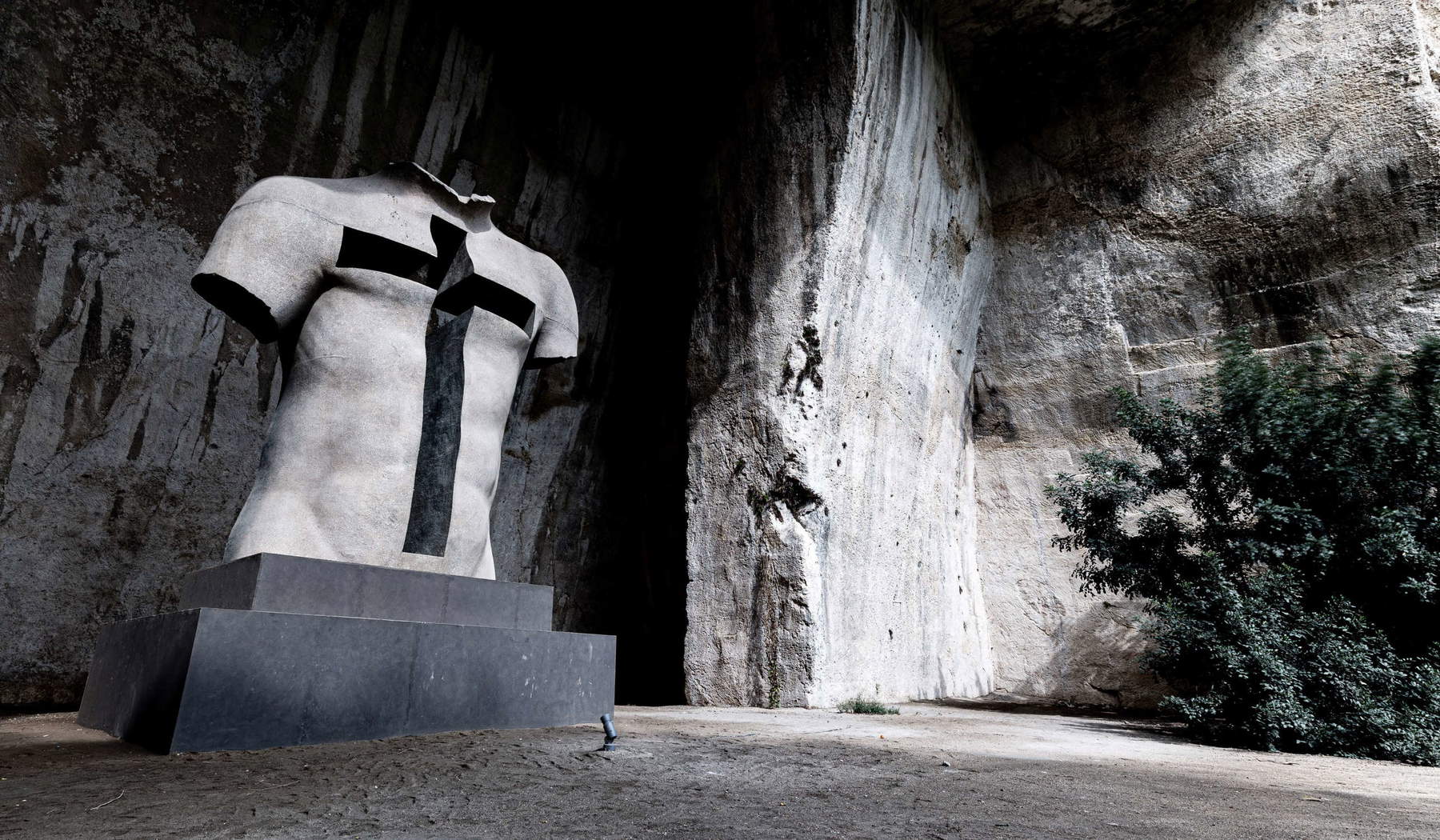

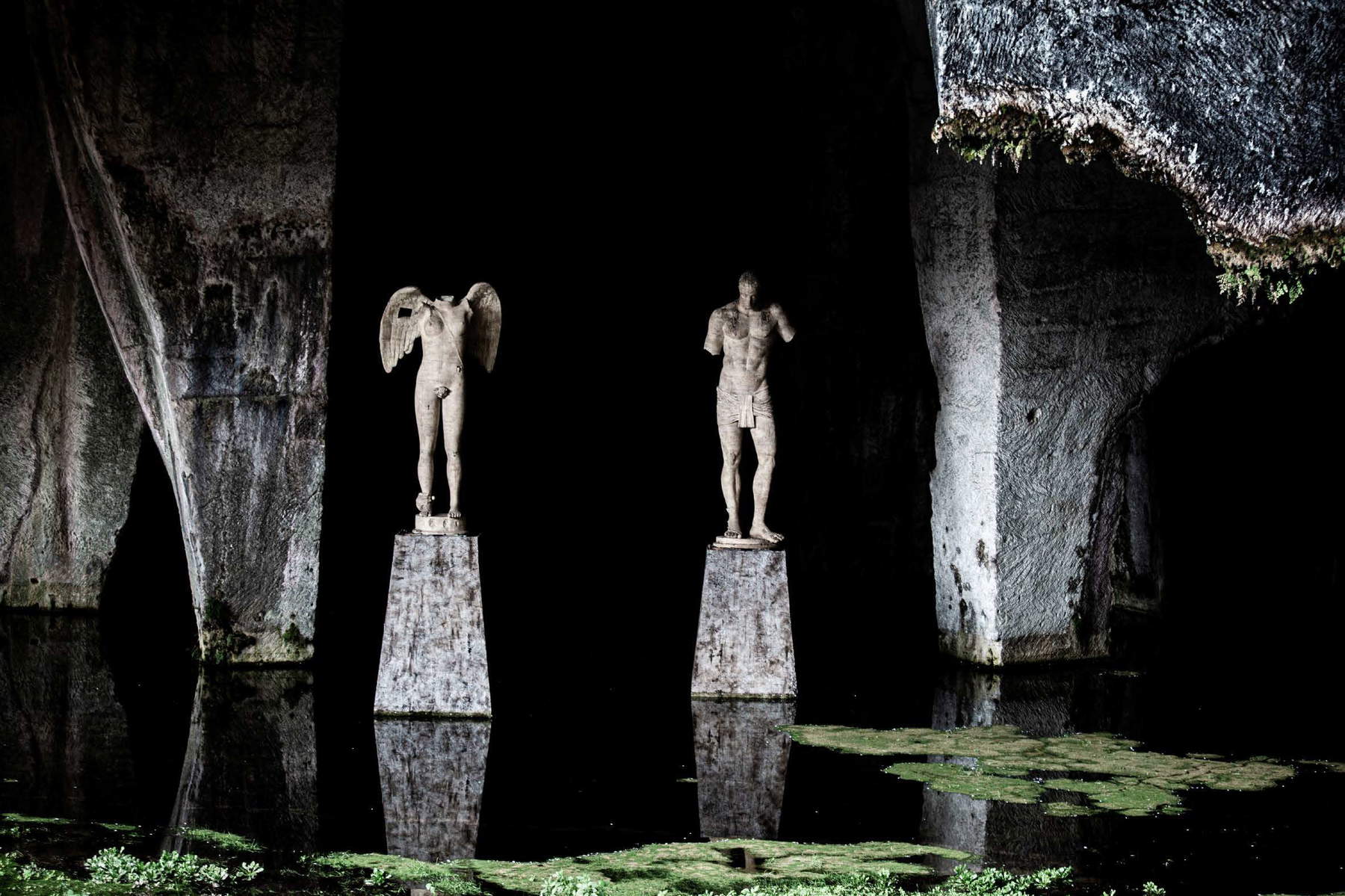
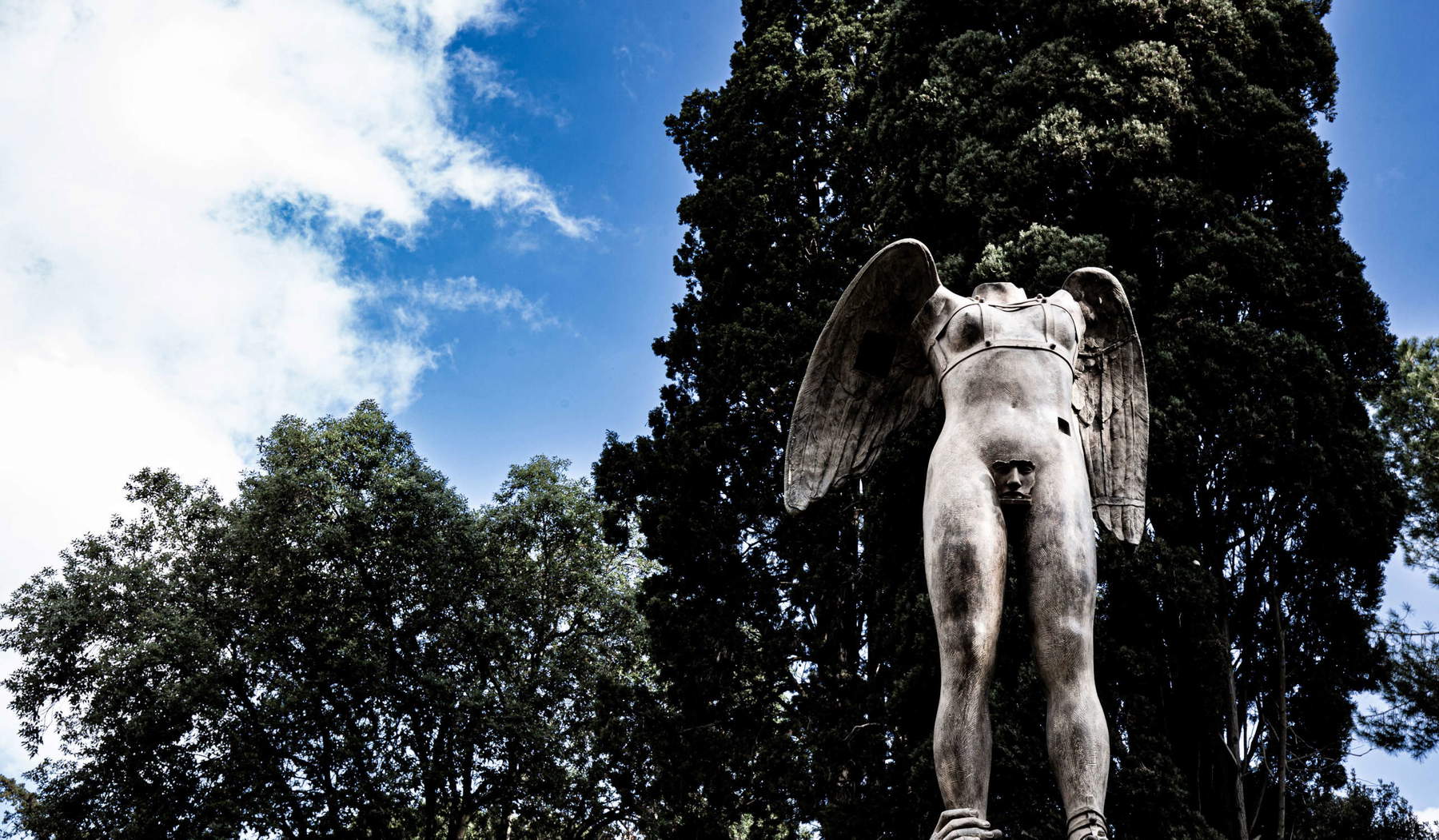
“To photograph is to stop what doesn’t know it is history,” Giannini said, and this statement finds fulfillment in Echoes of Eternity. The images do not merely record, but meditate. They are visual epigraphs, suspended meditations that invite one to slow down, to look, to re-educate the gaze.
Federico Rui ’s critical text expands the reflection on the relationship between photography and sculpture, highlighting the tension between the permanence of matter and the instantaneousness of light. Rui recalls Plato and the myth of the cave, emphasizing how photography can be understood as a copy of a copy, an illusion that risks distancing from truth, but also as an act of knowledge capable of revealing the invisible. According to Rui, Giannini’s photography is “a means to explore how Mitoraj’s sculpture fits into the flow of everyday life, with all its nuances, contradictions and beauties. Embracing the Platonic concept of mimesis, these sculptures seem to push us to reflect on what is hidden, on the impossibility of seeing the totality of the human being, on the fact that beauty, perfection and wholeness are always partial and never fully attainable.”
The Syracuse exhibition thus serves as an invitation to reflect on fragility and incompleteness, on the roots of a myth that still speaks to the present. Mitoraj’s mutilated statues, interpreted by Giannini’s lens, become a metaphor for the human condition: wounded, unfinished, but still capable of evoking beauty and seeking meaning.
 |
| Echoes of eternity: in Syracuse, Iacopo Giannini's photography exhibition on Mitoraj |
Warning: the translation into English of the original Italian article was created using automatic tools. We undertake to review all articles, but we do not guarantee the total absence of inaccuracies in the translation due to the program. You can find the original by clicking on the ITA button. If you find any mistake,please contact us.